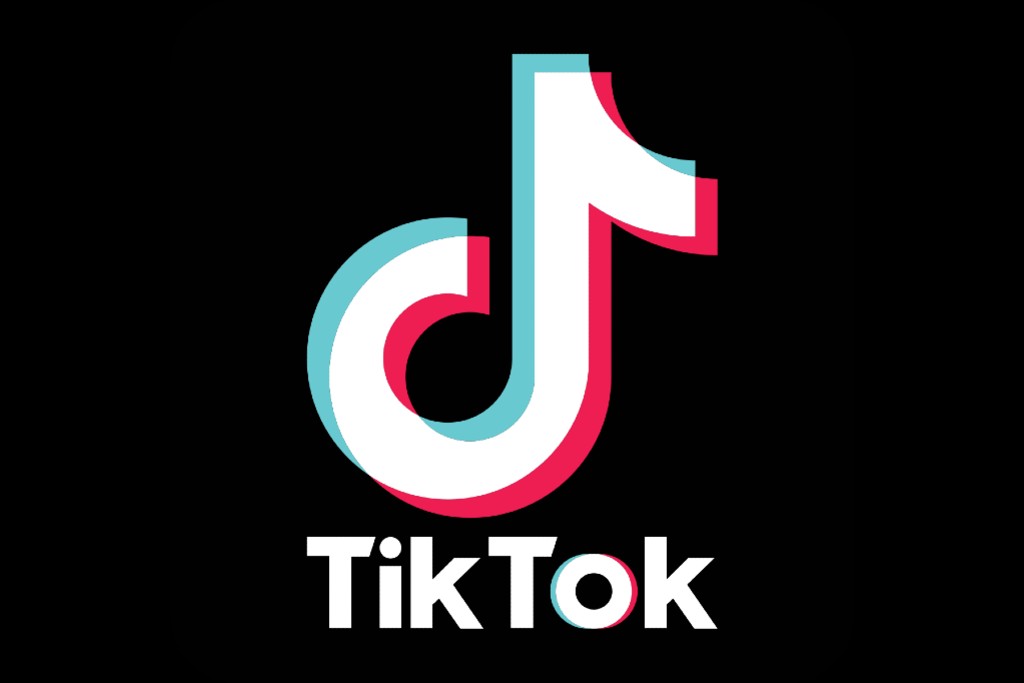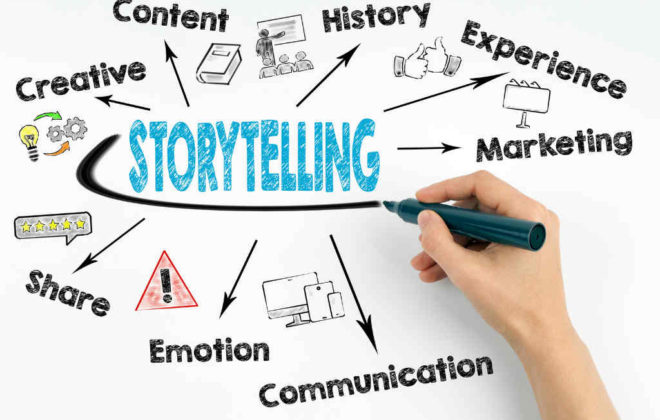Humans have always connected through stories. Just imagine a world without stories. A world without “Harry Potter” or “Archie Andrews.” Weird, isn’t it?
…“He went to Colombia”
…“Sam died”
You surely thought Sam went to Colombia, didn’t you? So that is how a human mind works, connecting, assuming and building a story out of just two sentences. Similarly, we have built our lives over stories. Imagine having no stories to tell to your children.
Haunting? Yes!
When you combine the timeless necessity of storytelling with the sheer power of visual content, you arrive at one of the most potent forces shaping the future of communication: Visual storytelling.
A couple of years ago, visual storytelling was defined by a number of mediums and strategies. These included things such as:
- Video: It’s the most powerful form of visual storytelling. However, it’s also the most difficult medium to master, from a marketing perspective. Soon, many small and medium-sized businesses adopted video for the first time.
- There are two things people love: statistics and graphics. Why not combine both of them for an incredibly effective storytelling medium? This is exactly what infographics do.
- Branded images: With the growth of visual-based social platforms, such as Instagram, many marketers have found branded images and GIFs to be powerful communicators.
Visual storytelling will be:
- Immersive– Giving users controlled innovative experiences through virtual reality technologies.
- Interactive– Allowing users the ability to tailor unique, one-to-one experiences.
- Real-time– Keeping users connected to the rest of the world at the touch of a button.
- Classic– Keep it simple, if you want to connect with people you must start with what they know.
- Experiential– Allowing users to have real-life encounters with brands, products and technologies.
While it’s clear that the future of storytelling will lead to a greater convergence of formats and the rise of transmedia narratives, what’s not so clear is how far the limits of storytelling can be pushed.
As we strive to become the authors of our own stories, let’s not be surprised if one day we have to pinch ourselves to find out whether we’re living in a dream or the real thing.



